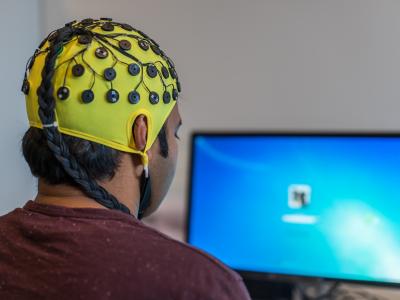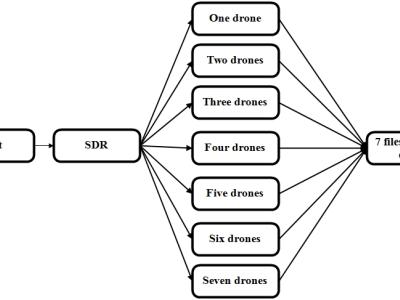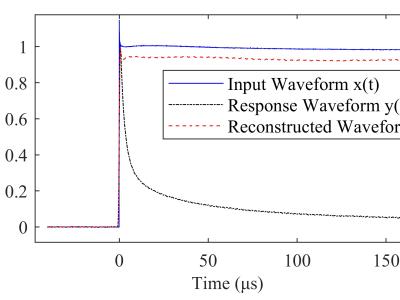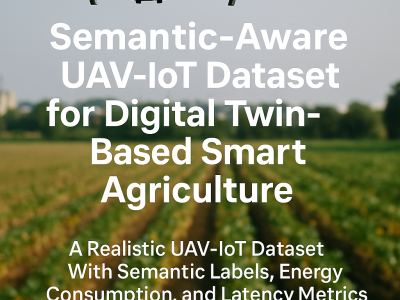
A novel and ultrasensitive strategy to detect protein CREPT (Cell Regulated and Expression-evaluated Protein in Tumor) in cancer cells using quartz crystal microbalance (QCM) sensor is developed in this study. CREPT is an oncoprotein and plays vital roles in cancer initiation, growth and metastasis via mediating oncogene transcription, and the content of CREPT can reflect the degree of carcinogenesis of tissues and organs. However, there is no rapid, low-cost and ultrasensitive procedure for the quantitative detection of CREPT content in cancer tissues.
- Categories:





